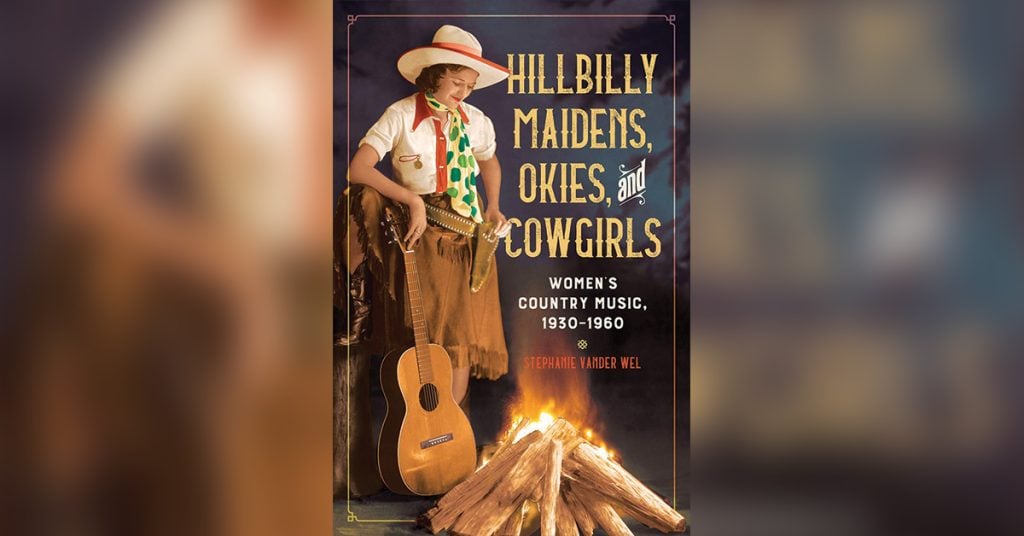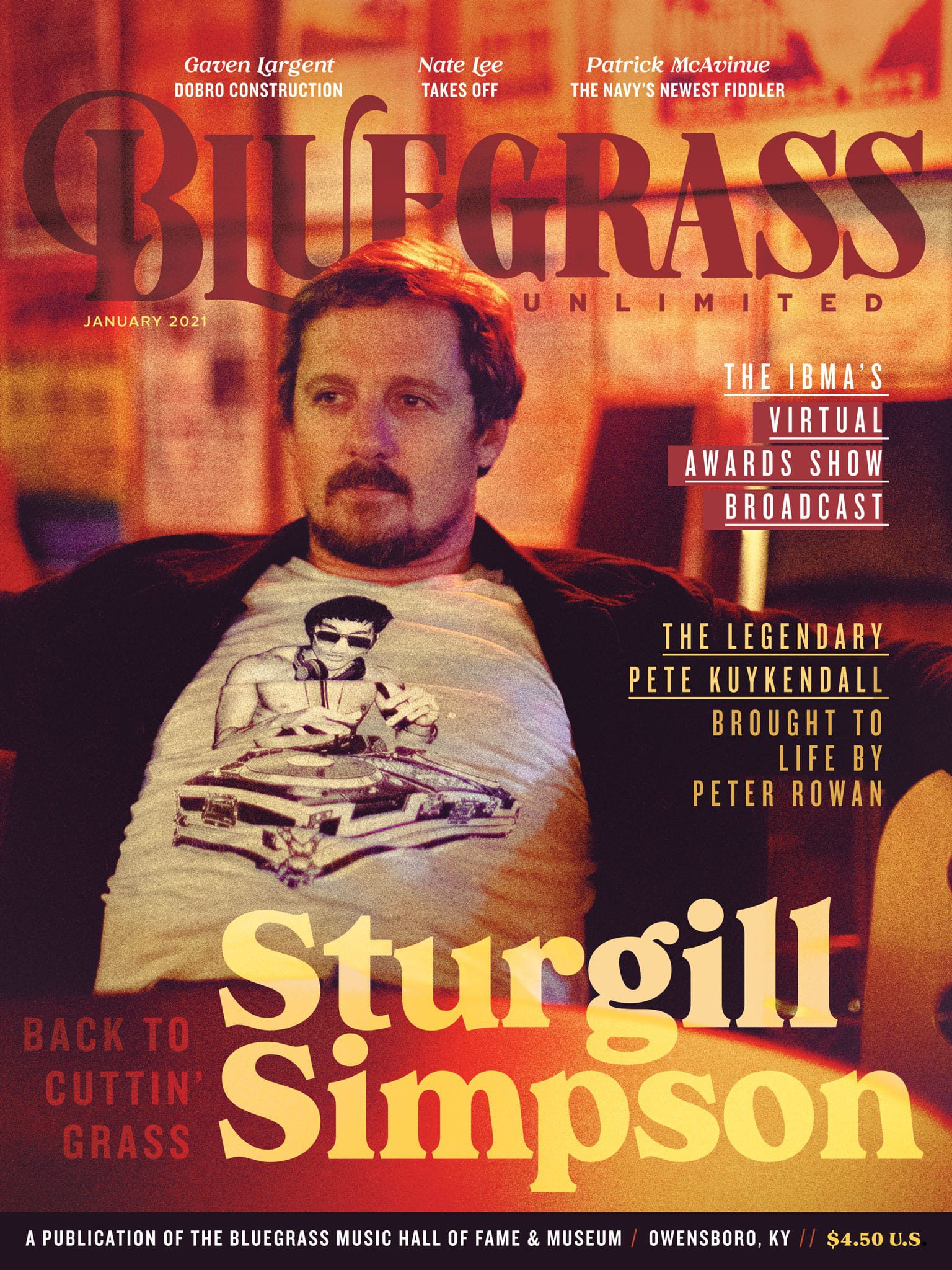Hillbilly Maidens, Okies, and Cowgirls: Women’s Country Music, 1930-1960
By Stephanie Vander Wel
University of Illinois Press
The years 1930 to 1960 saw remarkable changes in country music from Jimmie Rodgers, The Carter Family, Chet Atkins and Patsy Cline appeared on the scene. New musical styles—bluegrass, honky-tonk, Western swing—and new media such as radio, TV, and LPs emerged. Stephanie Vander Wel of the University at Buffalo undertakes a study of remarkable depth of the performance styles and social milieu of female country music artists during those three decades. She focuses her study on Lula Belle Wiseman, Rose Maddox, Patsy Montana, Kitty Wells, and Carolina Cotton.
Casual music fans will find a great deal to enjoy in Hillbilly Maidens, Okies, and Cowgirls. The book is, nonetheless, a work of serious musical scholarship. Those primarily interested in the music may wish to skip the first chapter which lays out the previous scholarship and the author’s goals within that context as it contains some pretty dense academic feminist theory. There Vander Wel reveals one of her most important interrogations – the conflict between the roles inhabited by these pioneer vocalists and the middle class propriety expected of 20th century women. She suggests that this made Kitty Wells one of the first superwomen expected to succeed equally as wife, mother, and country music star.
Vander Wel’s academic highwire act and greatest contribution comes in boldly attempting to pull together societal factors, personal experience, performative styles, lyrics, musical changes, and how the artists sang their way into a coherent narrative. The author dives deeply into how the artists sang their songs, such as whether singing from a “head voice” or “chest voice”, connects to all of the above factors. By comparison she provides a detailed exploration of Hank Williams, Sr.’s vocals that may remind some readers of Moby Dick’s digressions. In sum, she uses these careers to illuminate the conflicts felt by American women during three decades of poverty, then war, and finally middle class prosperity. This opens a new realm of inquiry into both country music and American history and “her-story.”
While Hillbilly Maidens, Okies, and Cowgirls lacks direct bluegrass content (no Sally Anne Forrester or Bessie Lee Mauldin) it proves essential reading for understanding the musical and cultural conditions from which it sprang.
www.press.uillinois.edu

